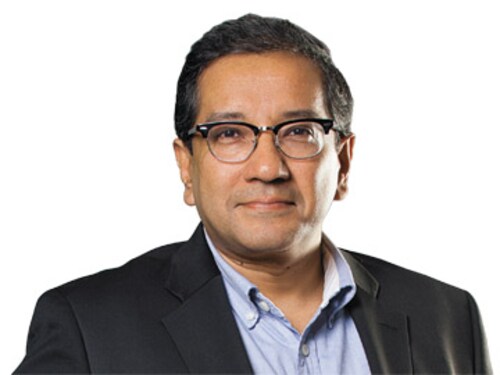The Mid-cap mantra
The mid-cap segment has given dramatic returns of late, but cautious optimism is the need of the hour


While the mid-cap space is obviously more risky than large-caps, it has interesting stories that continue to excite the best fund managers. One such example is that of fund house DSP BlackRock, as our cover story will tell you. However, as Senior Associate Editor Pravin Palande—who helmed this package with Senior Assistant Editor Samar Srivastava—writes, “As the rally in mid-caps has far outpaced the growth in sales and profits of these companies, fund managers are becoming cautious.” For example, Sunil Singhania of Reliance Mutual Fund warns: “There will be issues related to valuation and one needs to be cautious.” Value investor Sanjay Bakshi says that future returns from mid-caps as a group are sure to be less than those witnessed thus far. Even so, with startups burgeoning and beginning to play a major role among Indian enterprises, the mid-caps space will continue to engage the minds of investors. How this segment plays out in the coming days will be fascinating to watch.
The new business environment is also bringing about change in another area in India: Management education. This issue highlights emerging trends in the management education space, with legacy institutions like the Indian Institutes of Management reorienting themselves (IIM Bangalore, in particular, is according sharp focus on startups), even as new challengers with fresh teaching philosophies seek to change the narrative. As leading management thinker Nirmalya Kumar tells Associate Editor Aveek Datta rather bluntly: “In a sense, management education has failed in the country. Otherwise, so many people wouldn’t be leaving the country to study abroad.” Clearly, it’s time for a rethink.
Best,
Sourav Majumdar
Editor, Forbes India
Email:sourav.majumdar@network18publishing.com
Twitter id:@TheSouravM
First Published: Oct 15, 2016, 06:49
Subscribe Now